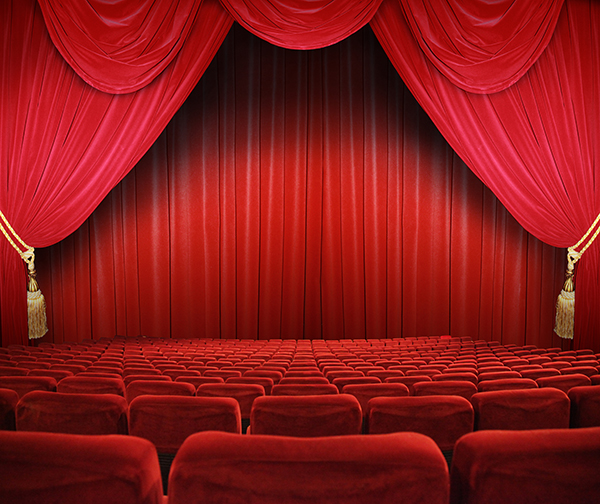After two years of Covid pandemic, theatres, cinemas and museums have reopened. However, the turnout hasn’t been like expected: the picture is much more mixed than before the pandemic. Recently, only 30 out of 162 seats were occupied during a performance at the Bijlmer Parktheater. DeLaMar Theatre is also not seeing the recovery it had hoped for. In general, currently about 65% of seats are occupied, compared to 85 before the pandemic.
There are many reasons for the disappointing visitor numbers, and many can be traced back to the Covid crisis. Although lockdown and other measures have been lifted, the ‘old normal’ has not yet returned.
There is still fear of catching the virus, especially among the elderly, which is causing attendance in theatres and cinemas to be below expectations. Especially theatres are geared towards an elderly public, so they are more affected by this. Secondly, people can still catch Covid and so have to quarantine. One in seven people does not show up at the Torpedo Theater in Amsterdam because they have Covid, while at pop music venue Paradiso this percentage is one in four. The disruptions and cancellation of performances because of Covid have also contributed to high no-show numbers in venues like Paradiso. “Some shows have been rescheduled seven times, so people no longer keep track of when they will happen, and sometimes they get Covid along the way,” says the Head of Promotion and Marketing of Paradiso, Jurry Oortwijn.
Another reason is that during lockdown, people acquired other interests. For example, many people started going for long walks and hikes: 3 million people enjoyed hiking regularly last year, half a million more than the year before. It will take time before they return to their old interests, if ever. In connection, the previous common variety of offers was disrupted during the lockdown. Many people cancelled their usual subscriptions and so miss out on seasonal brochures which contain the most important announcements for theatre and cabaret. In addition, due to high inflation and rising prices caused by the Russia-Ukraine war, people have to choose how to spend their money, and they pick more important things than visiting museums and cinemas.
Especially museums are struggling because the number of tourists us not yet back at the pre-pandemic level, says Judikje Kiers, director of the Amsterdam Museum. Part of the reason is that not all travel restrictions imposed during Covid have been lifted.
For example, Chinese travellers are not yet allowed to enter the European Union, and Americans are only allowed to do so if they are double vaccinated. It is also possible that fewer Asian and American tourists are coming to Europe because of the fear of the war in Ukraine. The Stedelijk Museum in Amsterdam is highly dependent on tourists, who account for almost half of its visitors. The Van Gogh Museum is also missing its Chinese, Japanese and Southeast Asian visitors, while the Rijksmuseum currently sees only 40% of its previous attandance. More than half of the visitors to these museums are coming from the Netherlands itself.
Unlike the effects caused by the decline in American and Asian tourist numbers, European visitors offer a slightly more promising perspective. The Van Loon Museum in Amsterdam sees many French, Spanish and German tourist. Still, the museum is receiving just 50 to 60% of the 2019 visitor numbers.
The reduced visitor numbers cause long-term problems for the cultural sector. Theatres choose to schedule shows that will draw in the largest visitor numbers. The focus on popular shows and performances is creating a monoculture. “You don’t just want to make popular art just to bring in that audience. You also need to challenge and make people think. There has to be room for the raw experiment,” said Marga Kroodsma, director of Veem House for dance and performance. This conservative programming in theatres no longer matches what the younger generation is looking for. This in the end may lead to them losing interest in theatre altogether, causing a ‘lost generation’ that never visits any show at all.
But there is good news on the horizon. Just a week back, the State Secretary of Culture and Media, Gunay Uslu, announced a support package of 135 million euros. The extra investment will support productions and projects that came to a standstill during the Covid crisis. 20 million euros will go to start-ups in order to create new productions, which will increase employment for technicians and set builders. In order to restart the flow of production, 12.5 million euros will be available for major Dutch drama, documentaries and animation series. The government wants to devote special attention to novice creatives who faced difficulties during the closure of the cultural sector.
Written by Stephen Swai
